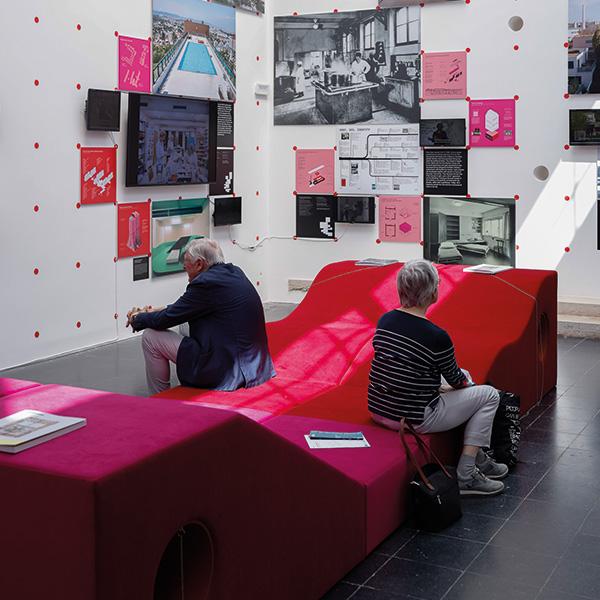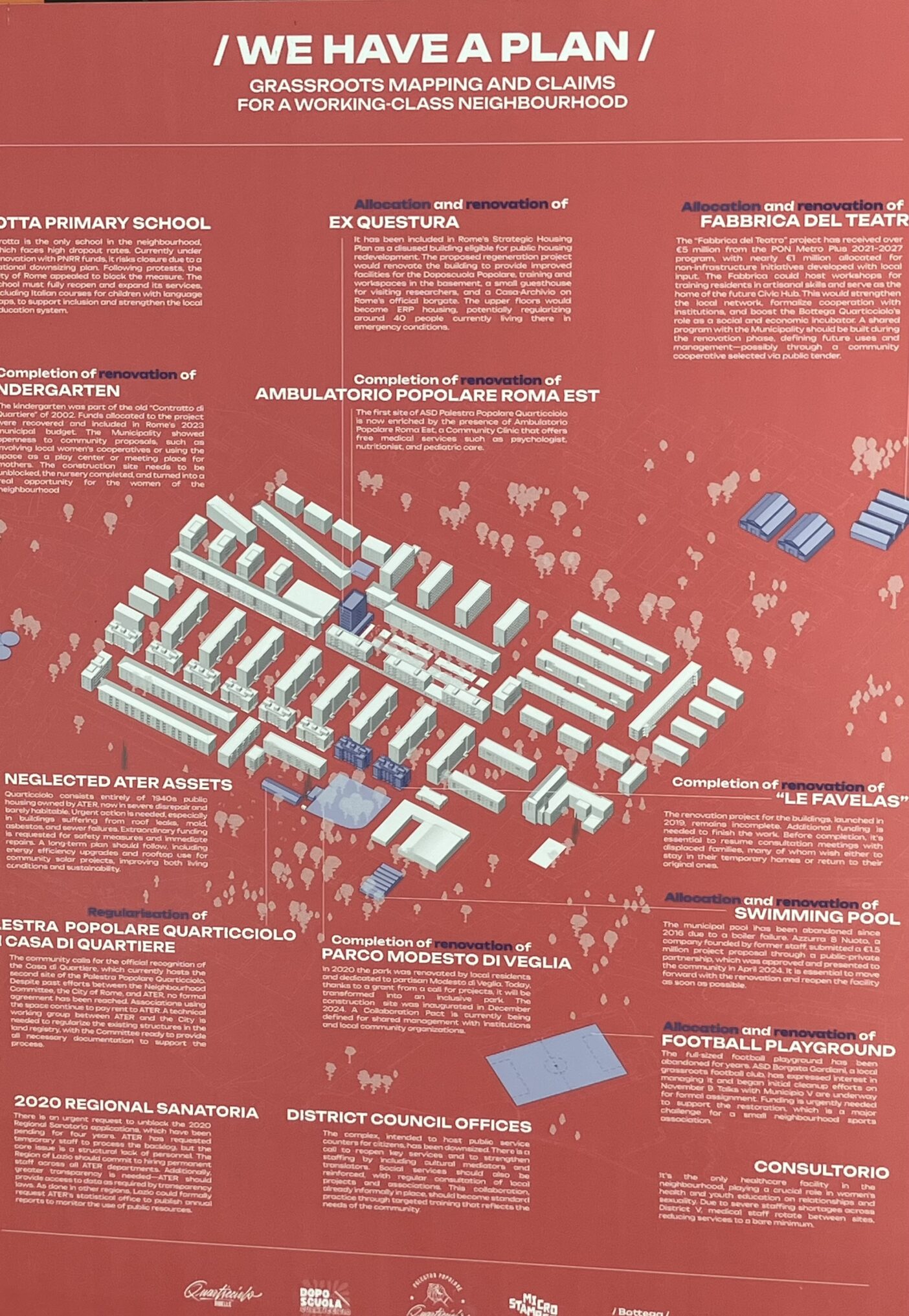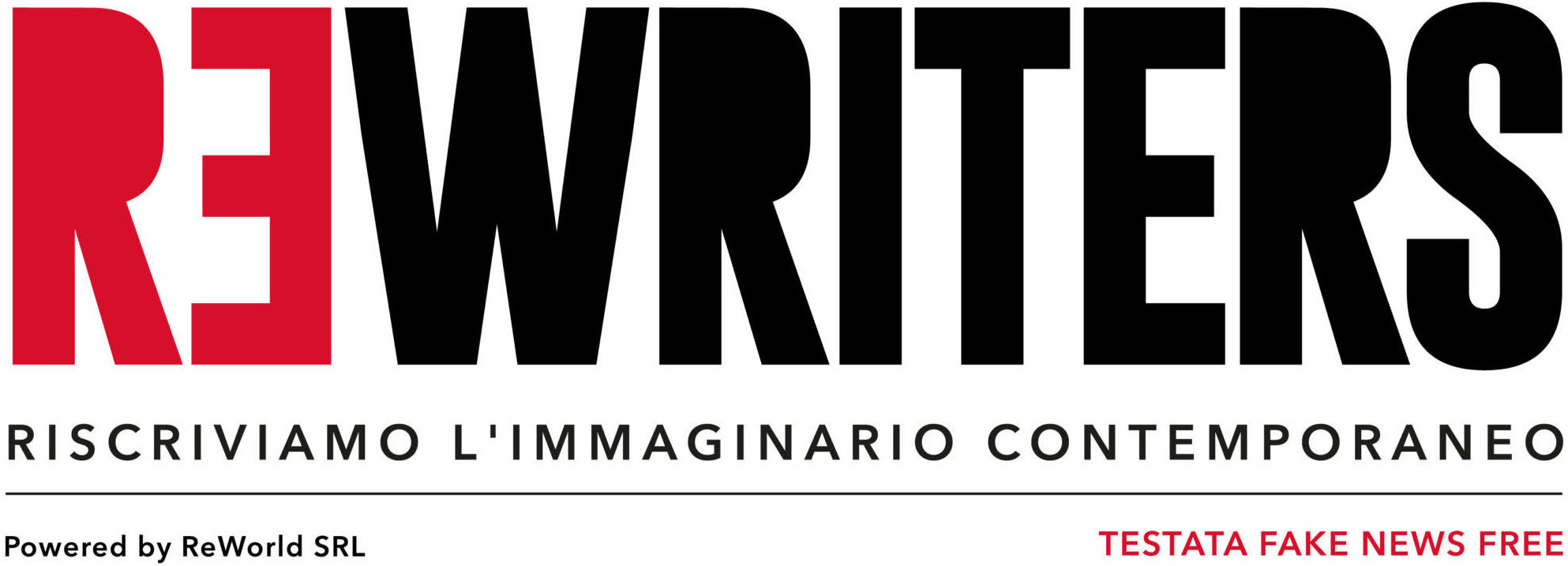Biennale Architettura: il Padiglione dell’Austria e il diritto all’abitare
Fino al 23 novembre 2025, è aperta al pubblico la Biennale Architettura di Venezia. Il Padiglione dell’Austria paragona Roma e Vienna.

Fino al 23 novembre 2025, è aperta al pubblico la Biennale Architettura di Venezia. Il Padiglione dell’Austria paragona Roma e Vienna.

English version below
Dal 10 maggio al 23 novembre 2025, è aperta al pubblico la Biennale Architettura di Venezia. La Biennale non è solamente un’esposizione di idee e concetti, ma anche, per molti aspetti, una dichiarazione politica attraverso l’arte.
Il Padiglione dell’Austria tratta di uno dei problemi principali della nostra generazione: quello del diritto all’abitare. Chi governa le nostre strutture urbane? Che potere, e che dovere abbiamo noi cittadini sulle, e nei confronti delle, nostre città?
Il Padiglione dell’Austria paragona due città: Roma e Vienna. Due capitali, diverse per molti aspetti. Entrambe offrono alternative possibili alla crisi immobiliare nella quale viviamo.
A Vienna è difficile percepire quale sia una casa sociale, l’architettura è strutturata così da creare un’impressione di eguaglianza tra i cittadini. Duecentomila abitazioni sono in mano a cooperative non profit e la demografia della città ha per obiettivo l’inclusione del cittadino. Tutto ciò è il risultato e la causa di varie politiche istituzionali e sociali.
Roma, invece, presenta una capacità unica a recuperare spazi abbandonati, o le sue tante rovine, per trasformarle in esperimenti sociali. Le comunità, gli attivisti, i centri occupati… Roma risponde alla necessità con creatività sorprendente.
Queste due città, tête à tête, offrono prospettive interessanti a tutti noi, che vogliamo essere padroni, e non clienti, delle nostre città.

ENGLISH VERSION
From May 10 to November 23, 2025, the Venice Architecture Biennale is open to the public. The Biennale is not only an exhibition of ideas and concepts, but also, in many ways, a political statement through art.
The Austrian Pavilion addresses one of the key issues of our generation: the right to housing. Who governs our urban structures? What power, and what duties, do we citizens have over and towards our cities?
The Austrian Pavilion compares two cities: Rome and Vienna. Two capitals, different in many ways. Both offer viable alternatives to the housing crisis we are experiencing.
In Vienna, it’s difficult to perceive what constitutes a social housing project; the architecture is structured to create a sense of equality among residents. Two hundred thousand homes are owned by non-profit cooperatives, and the city’s demographics are geared toward citizen inclusion. All of this is both the result and the cause of various institutional and social policies.
Rome, on the other hand, displays a unique ability to reclaim abandoned spaces, or its many ruins, and transform them into social experiments. Communities, activists, occupied centers… Rome responds to this need with surprising creativity.
These two cities, side by side, offer interesting prospects to all of us who want to be masters, not clients, of our cities.
